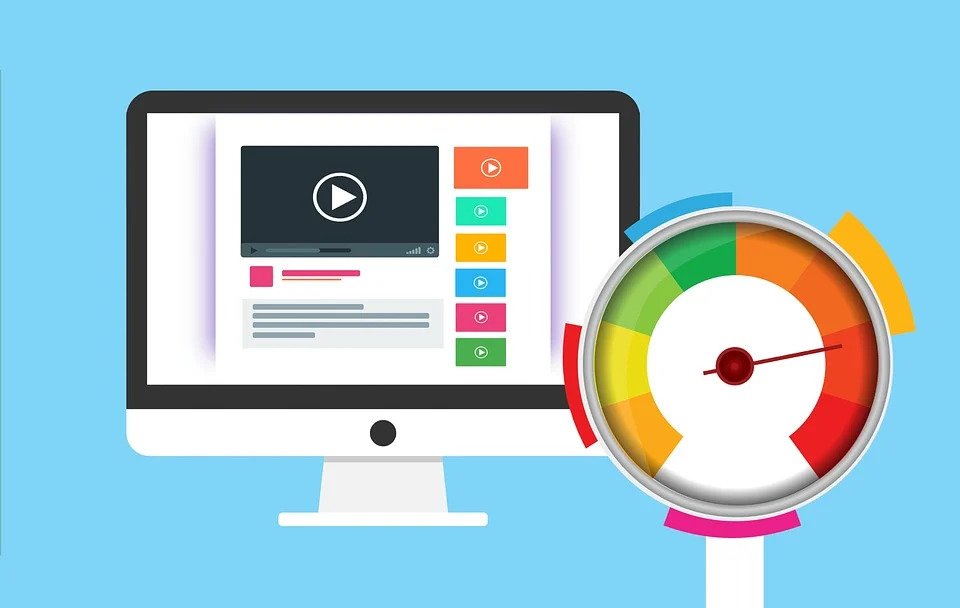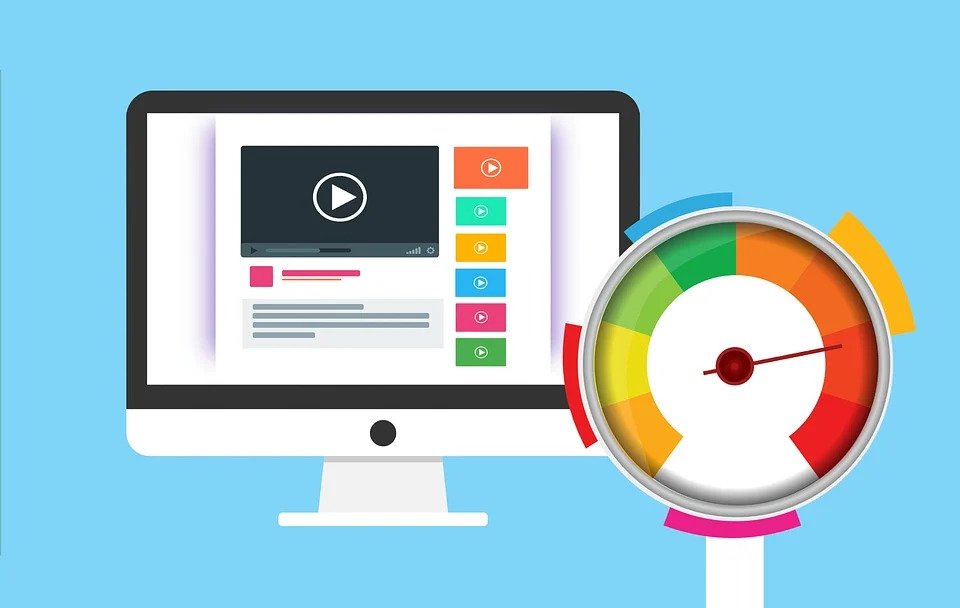
Why Website Caching is Important for Your Business Website & the Best Practices

By John
The performance of your business website is incredibly dependent on a number of factors, one of which, is the website caching.
While a fast website is key for providing excellent user experience, on the other hand, a slow site leads to loss in traffic. Therefore, it’s pretty vital to consider everything possible that can improve the performance of your business website.
Albeit there are lots of ways to improve website’s speed, but only a few are as easy to implement as caching. The caching technique in a nutshell, stores copies of your website in servers that are physically close to where your visitors are located, so it can be retrieved and served more quickly.

At this point, you could be wondering where the cached data is stored. Well, it depends, as there are different types of caching method, with each following the same general principle but different in practice.
So, let’s take a look at the best practices of websites caching, but first you need to know how website caching works!
How Does Website Caching Work?
Normally, when a website is requested, either through a Search Engine or from a URL’s navigation, it transfers from the server into HTML, which then the visitor’s browser displays the website.
If the website is loaded once and the website caching is enabled, the server will store the HTML file in its RAM memory. So if others visit the same website, it will load more quickly. Now what if the website is updated in between each visits? Never to worry, the server will be alerted, and that’s the server caching.
The other type of website caching is the browser caching. It essentially follows the same process as server caching, but on a more individual level. For instance, if you load the website, the browser will cache some information about the website.
So whenever you visit the website again, it will load more quickly as it has retained some information from the previous visit.
That is why most times when you update your website, let’s say you add a new logo, it won’t always reflect immediately even if you refresh your browser. Because the former image has been cached, and it will take some time until the browsers notices that it has changed.
Best Practices for Website Caching
There are actually different types of caching, but all follows the same general principle albeit different in practice.
One of the several ways to break down the various types of caching, is based on where the data are stored. With some caching, the data are stored on the local machine upon the initial visit to a website.
This approach reduces the time it takes to access your website to the barest minimum. While on the other hand, it doesn’t speed up the very first visit, which is crucial for grabbing the initial attention.
The caching method that provide external locations to store cached versions of your website, which can spread out physically, makes it more convenient as access points. And the visitor’s browser will merely request the cached data from where it’s stored, rather than going to its original source (the server).
Why Website Caching is Important for Your Business Website
The importance of websites caching cannot be overstated, it is vital to improving the performance of your business website and reduce loading times.
- Reduction in Bounce rate: Websites with slow load time (more than 2 seconds) will lead to high bounce rate, as the visitors will easily leave from your site.
- Better Search Engine Rankings: It improvises the ranking scale in SERPs, as the Higher the loading time of your website, higher will it rank.
- Less Abandoned Cart: For eCommerce websites or any site that involves payment processing, it is a must to ensure that the website is faster in order to retain customers, and reduce abandoned cart.
Additionally, mobile users are not prepared to wait for an extra second for a page to load. So any website lag seriously affects the user experience. And search engines, especially Google record this and takes the users experience on a site into account when ranking the website.
Easy Way to Set up Website caching
If you want to implement a caching solution to your business website, you have to decide how best to get the job done. As there are several ways to add caching to a website. What options that are available to you depend partially on how you built your website and the hosting service.
For websites using a platform like WordPress, you would find plenty of dedicated caching plugins. But the best bet, some hosting providers like SeekaHost will offer one or more caching solutions as part of your hosting plan.
Most importantly, if you purchase a managed hosting with SeekaHost, caching features comes built in. So you need to be careful not to overlap what they’ve already done. Also, if you’re using a plugin, don’t add on a second. It will either break or slow your business website!
Conclusion
Optimal website speed is key to online business success, and it’s absolutely fundamental to creating quality content and ensuring website security. And fortunately, there are web hosts like SeekaHost that has made it a first point of call to ensure that websites hosted on their platform are fast and performs optimally.
[Tweet “The performance of your business website is incredibly dependent on a number of factors, one of which, is the website caching”]
SeekaHost provides powerful servers with both their managed & unmanaged hosting plans which leaves you in a comfortable zone. And the prices are very competitive in the market with a 24×7 Live support.
And the best part is that you can get the root access to your VPS and take full control of it, if you choose. Also, you can modify the files you want or install server wide applications without any issues.
They will help you in migrating a website or servers from different hosting/servers. With SeekaHost VPS Hosting packages, you get 1 Free Dedicated IP and if you need additional IP, you can contact the support team for extra IPs.
